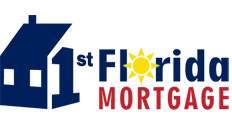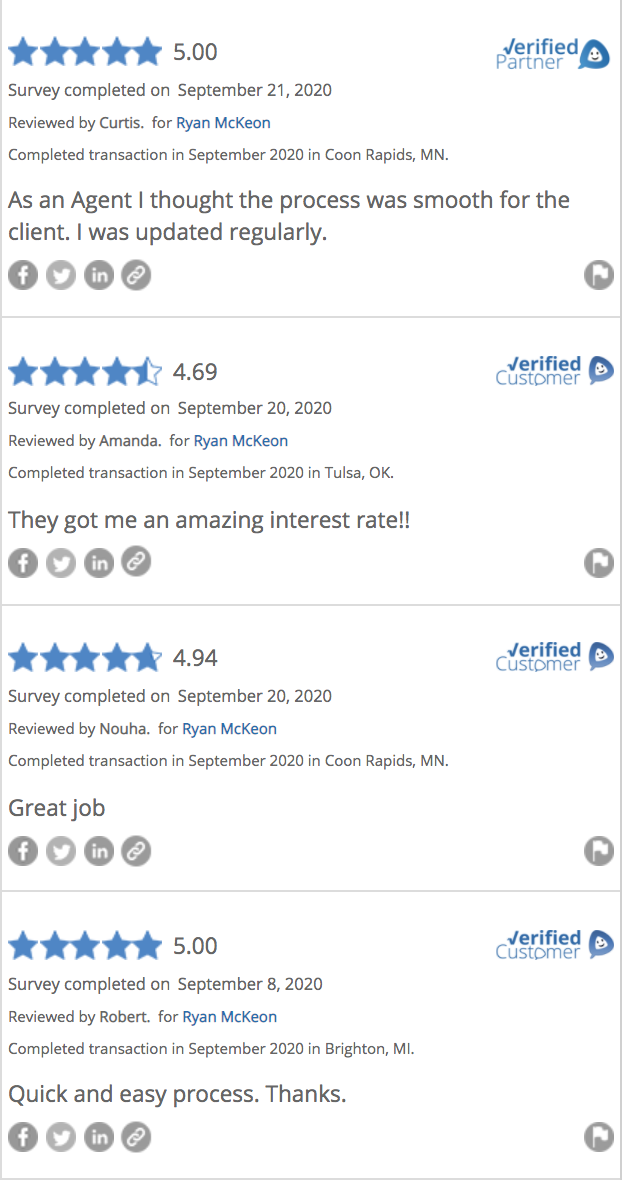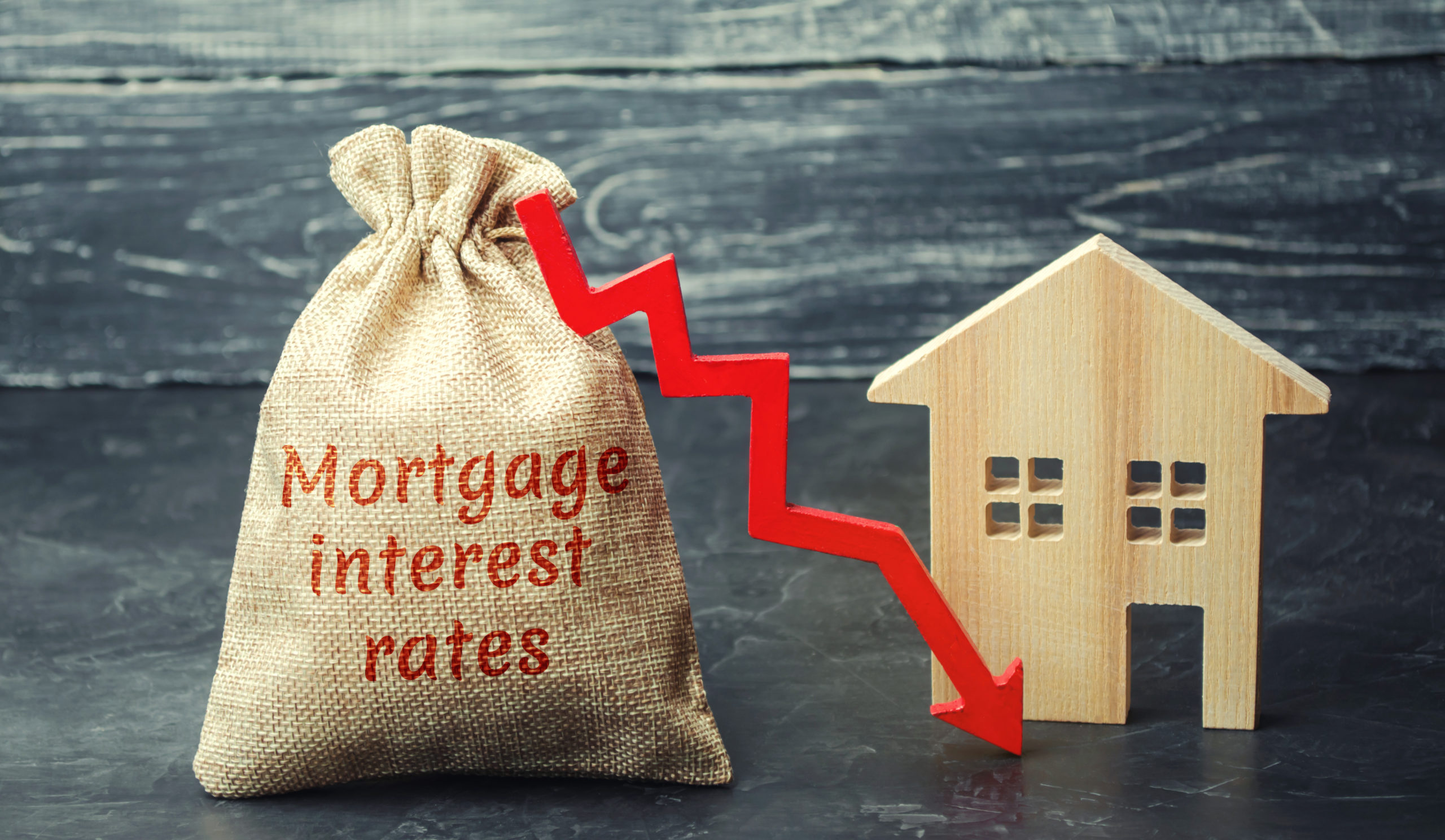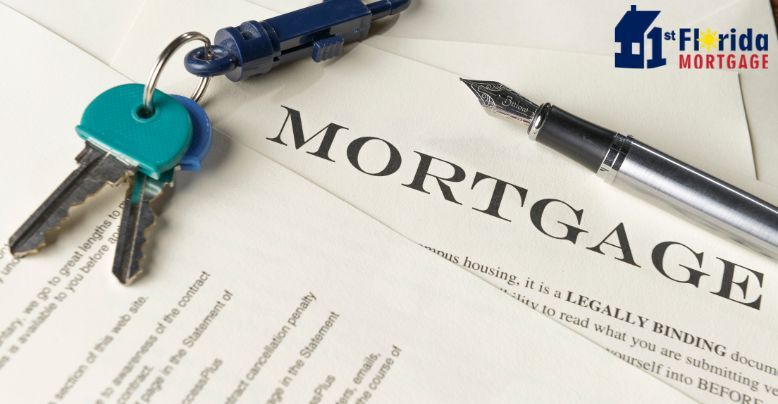Summertime in Florida is a great time to do deep-down house and yard cleaning: gardening, cleaning windows, outdoor paint touch-ups, etc. This is the time of year to get your house, yard, and outbuildings checked out for any wintertime damage, have those things repaired, and get them looking their best.
One item that you never want to overlook is your fireplace and chimney inspection, cleaning, and maintenance. Although Florida winters are usually mild, a thorough cleaning is exactly what is needed to ensure that you can continue to use your fireplace safely. In this article, we’ll cover just about everything you need to know about your fireplace and chimney.
Why clean your fireplace?
While fireplaces are wonderful, if not maintained properly they’re a serious fire hazard. The chimney’s purpose is to expel the byproducts produced by burning wood. According to the Chimney Safety Institute of America, over time these byproducts, which include water, gasses, tar fog, and hydrocarbons, can build up in your chimney, causing a layer of creosote to coat the interior.
This can lead to a dangerous blockage of your chimney. If this residue is left unchecked, the toxic gasses that form will not flow freely out your chimney—instead, this can leave you with hazardous levels of carbon monoxide inside your home. This buildup is also highly combustible, which means that you could be facing a fire in your chimney.
Fireplace maintenance
There are several things that you can do to ensure that your fireplace is safe and ready to go for wintertime use. Take time in the summer to make sure that your fireplace has a sturdy screen to stop sparks from flying into the room. Check for frayed or rusting spots. If your screen isn’t solid, it should be replaced—one errant spark can destroy your entire home. Also, make sure that you continue to do monthly checks on your smoke detectors throughout the summer, and change batteries as necessary.
Most importantly, the National Fire Protection Association recommends that you have your fireplace inspected and cleaned at least once a year. It is especially important that the chimney professionals you hire for this be CSIA certified.
Chimney inspections
There are three levels of chimney inspections that can take place, ranging from a cursory inspection to actual demolition of your chimney in order to get inside a chimney wall to check clearances. Your chimney service technician will be able tell you what level of inspection you need.
Level 1
If nothing has changed and you plan to use your system as you have in the past, then a Level 1 inspection is a minimum requirement. A Level 1 inspection is recommended for a chimney under continued service, under the same conditions, and with the continued use of the same appliance.
In a Level 1 inspection, your chimney service technician will examine the easily accessible portions of the chimney exterior, the fireplace as well as the fireplace connection and other hardware, to assure you everything is structurally sound and in good working order. The technician will also verify the chimney is free of obstruction and combustible deposits.
Level 2
A Level 2 inspection includes everything in a Level 1 inspection, as well as the accessible portions of the chimney exterior and interior including attics, crawl spaces, and basements. It will address proper clearances from combustibles in those accessible locations. A Level 2 inspection is for when you’ve made any changes to your system: a different fuel type, alterations to the shape of or material your system is constructed of, alterations to the flue if you’re re-lining, or the replacement or addition of an appliance of a dissimilar type, input rating, or efficiency.
If you’re selling your home or if there’s been a malfunction of your system or an external issue caused any problem to your system, a Level 2 inspection will be required. Building fires, chimney fires, and seismic events—as well as weather events—are all indicators that this level of inspection is warranted.
No special equipment is required to open doors, panels, or coverings to perform a Level 2 inspection. A Level 2 inspection should also include a visual inspection by video scanning or other means in order to examine the internal surfaces and joints of all flue liners incorporated within the chimney. No removal or destruction of permanently attached portions of the chimney or building structure or finish is required with a Level 2 inspection.
Level 3
When either of the previously described inspections suggests a hidden hazard and the evaluation cannot be performed without special tools to access concealed areas of the chimney or flue, a Level 3 inspection is recommended. A Level 3 inspection addresses the proper construction and the condition of concealed portions of the chimney structure and the flue. Removal or demolition of portions of or even the entire the chimney or building structure will be required for the completion of a Level 3 inspection.
A Level 3 inspection includes all the areas and items checked in a Level 1 and a Level 2 inspection, as well as the removal of certain components of the building or chimney where necessary. Removal of components, such as the chimney crown, interior chimney wall for example, will only be performed to gain access to areas that are the subject of the inspection. When serious hazards are suspected, a Level 3 inspection may be required to determine the condition of the chimney system.
After having your chimney inspected and cleaned, ask your professional technician to cap your chimney to prevent leaves, twigs, and other debris from landing in your chimney. These items can also build up, causing fires or blockages. Caps will also prevent birds and other pests from making your chimney their spring and summertime home.
Bonus tip: Use seasoned wood
Make sure that you have a store of dry, seasoned wood to burn in your fireplace. Summertime is a great time to renew your supply of firewood so that you’ll be ready for the cool fall days that follow. Freshly chopped firewood has up to 50% water content and won’t burn in your fireplace. First, you must let the firewood season (dry), which allows the moisture to escape––the drier the wood, the cleaner the burn. When the wood gets down below 20% water content, it’s ready to burn. Burning unseasoned (green) or even partially seasoned wood in your stove or fireplace will cause creosote buildup in your chimney, which can lead to a chimney fire at the worst, and a lack of fire or a roomful of smoke at best. Every homeowner reliant on wood should know how to season wood.




